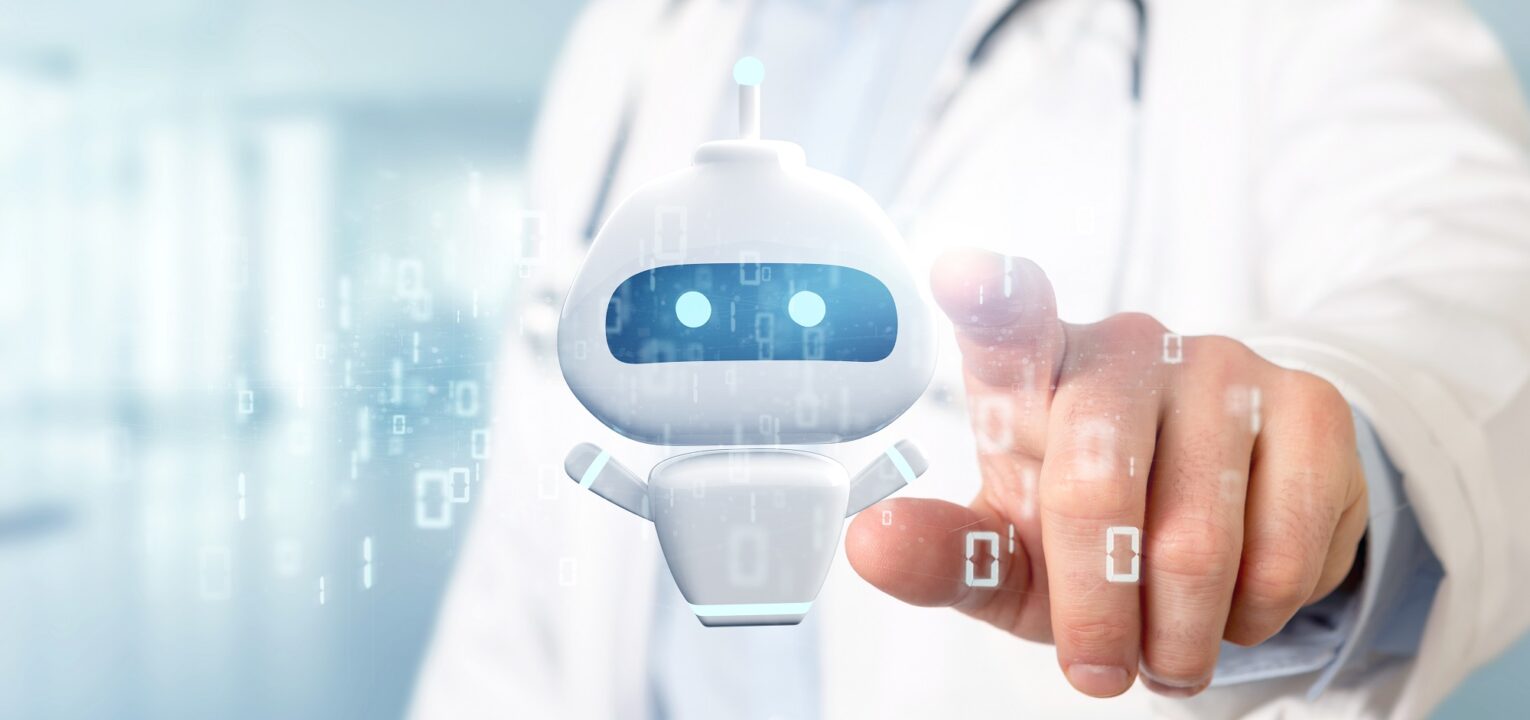Healthcare around the world is undergoing a digital transformation at a rapid pace. Chatbots are playing a central role in this transformation by automating routine tasks, improving access to care and reducing healthcare costs. Let’s take a look at how chatbots are disrupting the healthcare industry.
What are Healthcare Chatbots?
A chatbot is an artificial intelligence (AI) system that interacts with humans through text or voice conversations. In healthcare, chatbots are being developed to handle administrative tasks as well as to provide medical information and guidance to patients. Healthcare chatbots can operate 24/7 through websites, mobile apps, messaging platforms and even through devices like Alexa. They free up the time of doctors, nurses and medical staff to focus on direct patient care.
Emerging Trends in Healthcare Chatbots
Some of the key emerging trends in healthcare chatbots include:
– Symptom Checking and Diagnosis Support: Many chatbots are designed to ask patients a series of questions about their symptoms and offer possible conditions or diseases that could be causing those symptoms. While not a substitute for a doctor’s diagnosis, these chatbots can help patients better describe their issues to physicians.
– Appointment Booking and Scheduling: Through web and mobile interfaces, chatbots are handling more routine tasks like answering basic questions about networks, payments and finding an available time slot to schedule an appointment with a provider. They make the process a lot more seamless.
– Medication and Treatment Guidance: For chronic diseases and post-surgical care, chatbots can provide automated guidance on medications, exercises, rehabilitation activities and lifestyle changes as per a doctor’s prescription. This improves treatment adherence.
– Mental Health Support: Chatbots are being utilized in mental healthcare to screen for conditions like depression and anxiety. Some can even simulate brief counseling sessions to provide initial support, especially in underserved areas.
– Medical Bill Payments and Insurance Benefits Assistance: Handling queries related to medical billing, insurance coverage, network providers and claim status is another major function taken over by AI chatbots. It eases the administrative burden on hospitals and insurers.
Applications of Healthcare Chatbots
Some of the key applications where healthcare chatbots are making an impact include:
– Hospital Guest Services
Many hospitals have deployed chatbots on websites and at information desks to guide patients and attend to basic queries about directions, visiting hours and hospital services. Chatbots are helping improve the patient experience.
– Nursing Home and Elderly Care
For assisted living facilities and nursing homes, chatbots engage with elderly residents through voice and provide interactive activities to reduce loneliness andisolation. They can also help manage medication.
– Telehealth Services
Several telemedicine companies are leveraging chatbots to triage patients, collect health data remotely, and enable initial doctor check-ins using video and audio conferencing through mobile apps. This expands virtual care access.
– Disease Management and Prevention
Public health organizations employ chatbots for disseminating health advisories, screening questionnaires, lifestyle coaching programs and health monitoring platforms to promote well-being.
The Privacy and Ethical Considerations
While Healthcare Chatbots hold tremendous potential to advance access to affordable and quality care, some privacy and ethical issues still need to be addressed:
– Data Security and Privacy: It is imperative that chatbot deployers comply with regulations like HIPAA to properly safeguard sensitive medical records and conversations. Consumer trust depends on robust encryption and access controls.
– Transparency Around Limitations: Patients interacting with chatbots need to be fully informed about the automated nature of responses and areas where a human doctor’s advice cannot be replaced. This avoids potential misdiagnoses.
– Potential for Bias and Errors: The training data used to develop chatbots could reflect different biases. There are also chances of factual, diagnostic or treatment errors that require ongoing oversight. Proper testing is key.
*Note:
1. Source: Coherent Market Insights, Public sources, Desk research
2. We have leveraged AI tools to mine information and compile it

